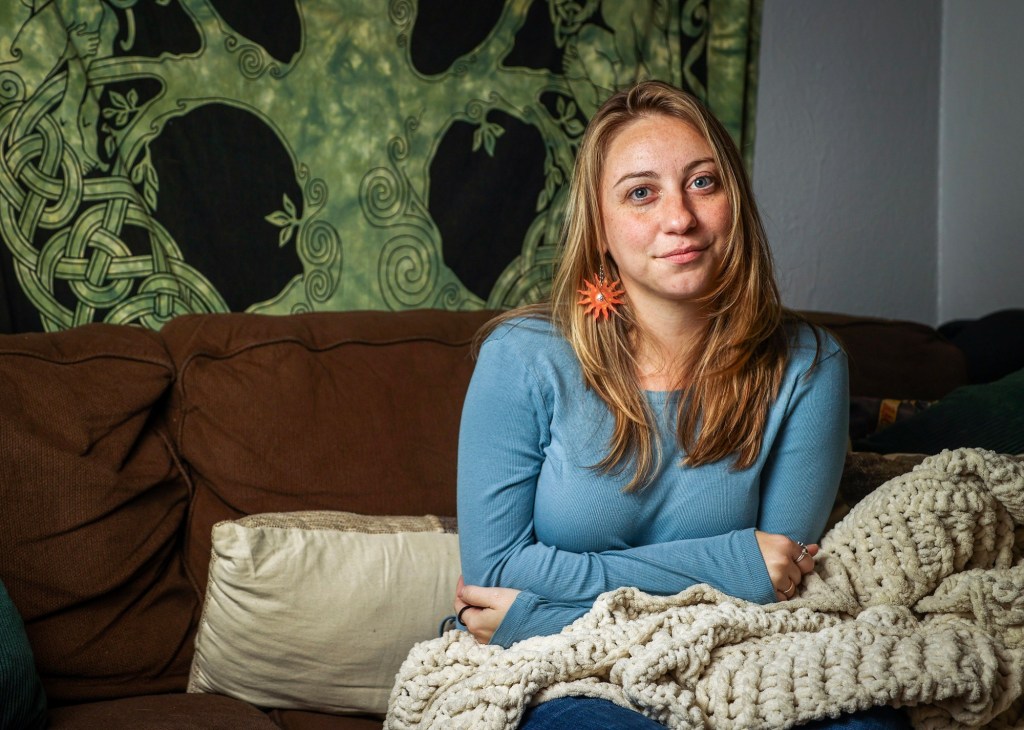Nina Shand couldn’t stay awake.
She had taken afternoon naps since she was a teenager to accommodate her “work hard, play hard” attitude, but when she was in her mid-20s the sleepiness became more severe.
Menial computer tasks put her to sleep, and a 20-minute drive across her city, St. Petersburg, Florida, brought on a drowsiness so intense that her eyelids would flutter, forcing her to pull over. She knew something was really wrong when she no longer felt safe behind the wheel.
In 2021, she received a diagnosis: narcolepsy, a rare disorder that causes excessive daytime sleepiness.
Her doctor prescribed her Adderall, the brand-name version of the amphetamine-powered medication commonly known for treating attention-deficit/hyperactivity disorder.
It worked. For the first time in years, Shand, now 28, felt energized. She was no longer struggling at work, sneaking naps or downing coffees to trick her body into staying awake. She felt hope.
But by 2022, a national Adderall shortage meant pharmacies were no longer able to fill her prescription. Shand and countless others across the country were being turned away, left to piece together a new — and often less effective — treatment plan with doctors scrambling to meet their needs.
More than a year later, the shortage continues. In October, Democrats in the U.S. House of Representatives implored the FDA and Drug Enforcement Administration to work with drug manufacturers to ensure better supply.
“We cannot allow this to be the continuing reality for Americans,” read their letter, led by Rep. Abigail Spanberger, D-Va.
But for now, it is.
Each month is accompanied by familiar anxieties as patients navigate a web of messy logistics and uncertainty while trying to get the medication they need to live normally.
Media coverage of the shortage — and even the House Democrats’ letter — has focused primarily on the harms to people with ADHD. But…
Read the full article here







